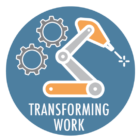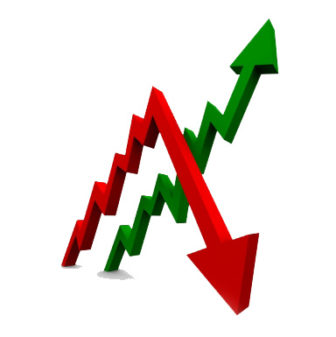
Insightful analysis from McKinsey on the economic consequences of a pandemic-driven economy. Their headline findings are:
We estimate that up to 57 million US jobs are now vulnerable, including more and more white-collar positions. … Our updated model finds that as of mid-April, 16 percent of workers earning more than $70,000 a year have become vulnerable. However, almost three-quarters of all vulnerable workers earn less than $40,000 a year
So the same low-wage workers who were struggling to make ends meet in a strong economy are going to be the big losers in our pandemic-driven economy. They were struggling before the lockdown, now many are in even more dire straits.
Not surprisingly, McKinsey found that “While Americans of all backgrounds are feeling the economic pain, many of the newly unemployed in early March were part-time workers, young people, minorities, and women.”
Our pandemic-driven economy makes clear to all of us everyday in every Michigan community the reality of the multitude of low-wage workers who have lost their jobs and cannot pay for the basics. And we are more aware now about how much we depend on low-wage workers to get our food and prescription drugs and other daily necessities. Not to mention all the low-wage workers who are so vital in health care, child care and other caring enterprises.
That reality should now make clear that a vast majority of those struggling economically and without any safety net to deal with emergencies are hard working Michiganders. Who, like us, get up everyday and work hard to earn a living. That the prime reason for so many struggling is not irresponsible adults coddled by a too-generous public safety net, but rather an economy, even when it is booming, has too few jobs that pay family-sustaining wages and provides health coverage and paid leave.
McKinsey also found an education attainment component to who loses most in a pandemic-driven economy. They write:
In MGI’s research on automation in the US labor market, educational attainment emerged as the strongest demographic predictor of future
displacement risk. Today the pandemic has put the educational
divide in stark relief. Workers without bachelor’s degrees are twice as likely to hold jobs we classify as vulnerable. They account for 58 percent of the US workforce but 82 percent of all vulnerable jobs.
This, of course, is the same pattern that occurred during and after the Great Recession. Those with four-year degrees or more kept their jobs at a much higher rate than those without a four-year degree and, for those who did lose a job, those with a four-year degree found employment quicker.
The greater stability in occupations requiring a four-year degree, and the ability of those with four-year degrees to bounce back quicker from job loss further strengthen the case why we should not be telling anyone they can do just as well economically without a four-year degree.
The consequences of who gets hurt economically the most in our new economic reality hopefully will lead to a bi-partisan consensus that the mission of Michigan economic policy going forward is rising income for all. That just having a job is not enough. And that in addition to higher wages we also need to strengthen our safety net to make sure workers have health coverage at all times and paid leave.
In addition we need to substantially increase college attainment. Having a four-year degree is not a guarantee, but it is the most reliable path to a successful forty-year career, particularly in a world of constant labor market change.







